Indoctrinated to revere Khadi as the symbol of resistance, we worship a fabric we don’t buy. An exhibition-symposium opens in the city to answer uncomfortable questions, reveal beauteous innovations, and cheer the lot determined to make it rock
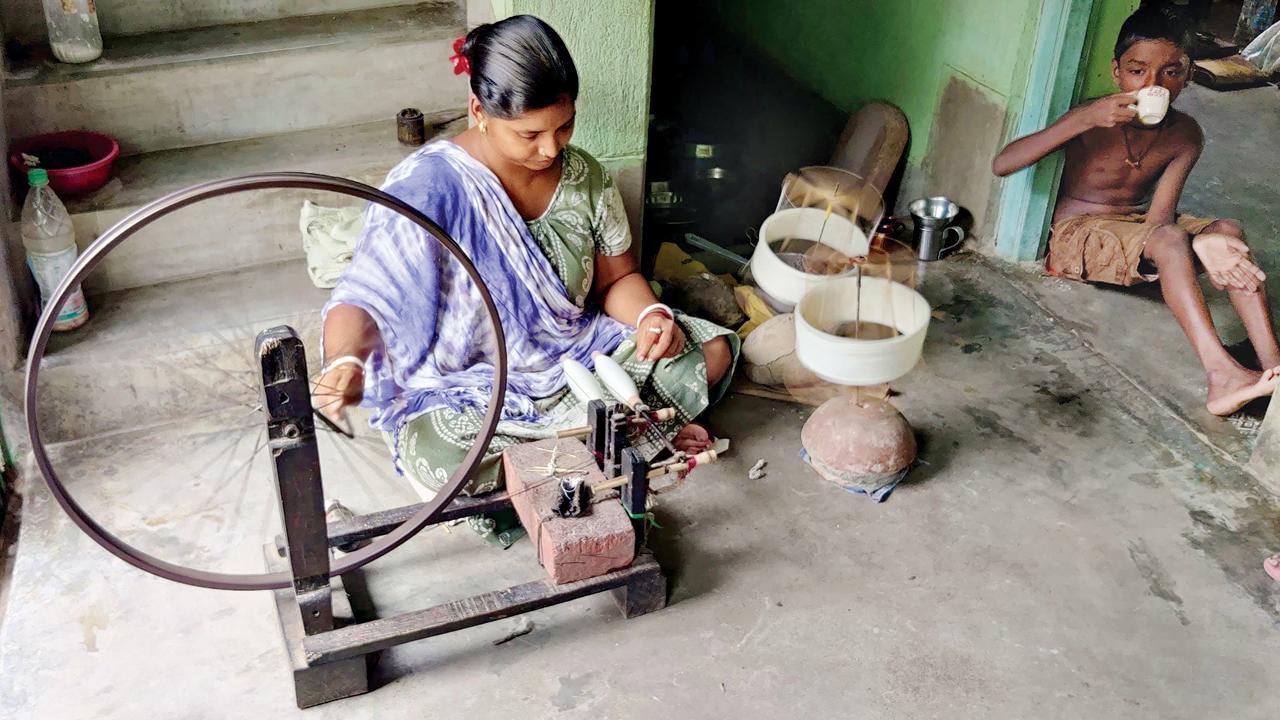
A bobbin winder at work in her home. In the process, hank yarn is mounted on a bamboo frame and wound onto cylindrical bobbins by turning the charkha. A decentralised activity, spinning is usually done by women, and especially in times of economic crisis, can prove to be a critical additional source of income for rural households. Pic courtesy/Swadheen
We have hijacked Savitha Suri. On a Tuesday afternoon when she should’ve been at Nariman Point’s Kamalnayan Bajaj Hall & Art Gallery delivering the coup de grâce to a three-day symposium-exhibition on Khadi, she is roaming the alleys of Parel, a historic working-class neighbourhood dotted with swarthy vacant shells of textile mills. She flits, in a pomegranate-hued Khadi gamcha saree gifted by a friend, between Apollo and Elphinstone Mills. The latter is where a 20-feet pyre of British-manufactured goods was lit by Mahatma Gandhi on July 31, 1921, surrounded by 12,000 people, all dressed in Khadi.
ADVERTISEMENT
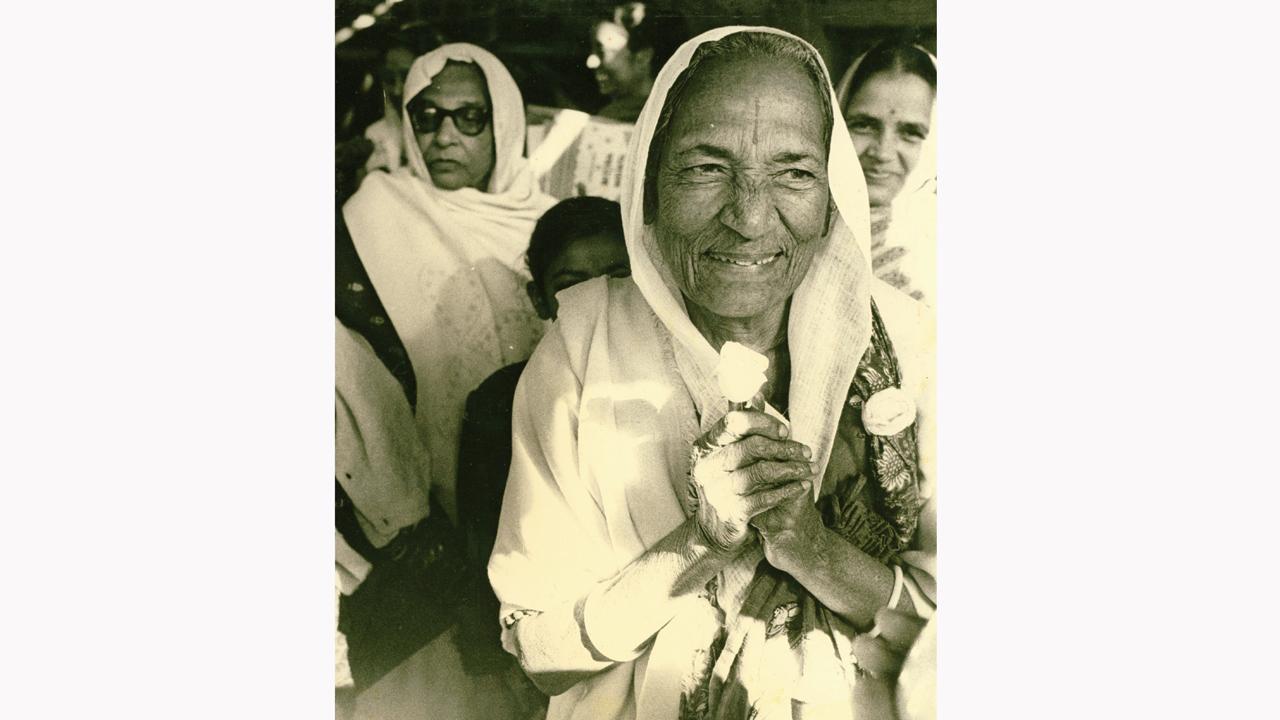 The exhibit celebrates the life and times of Jankidevi Bajaj, a proponent of Gandhian values and staunch supporter of Khadi
The exhibit celebrates the life and times of Jankidevi Bajaj, a proponent of Gandhian values and staunch supporter of Khadi
Or should we have led her to Gowalia Tank’s August Kranti? The maidan that was used for bathing cows… until August 8, 1942, when women volunteers dressed in red khaddar, fired by Gandhi’s Quit India call, dodged tear gas and lathis to witness Aruna Asaf Ali unexpectedly unfurl the tri-colour?
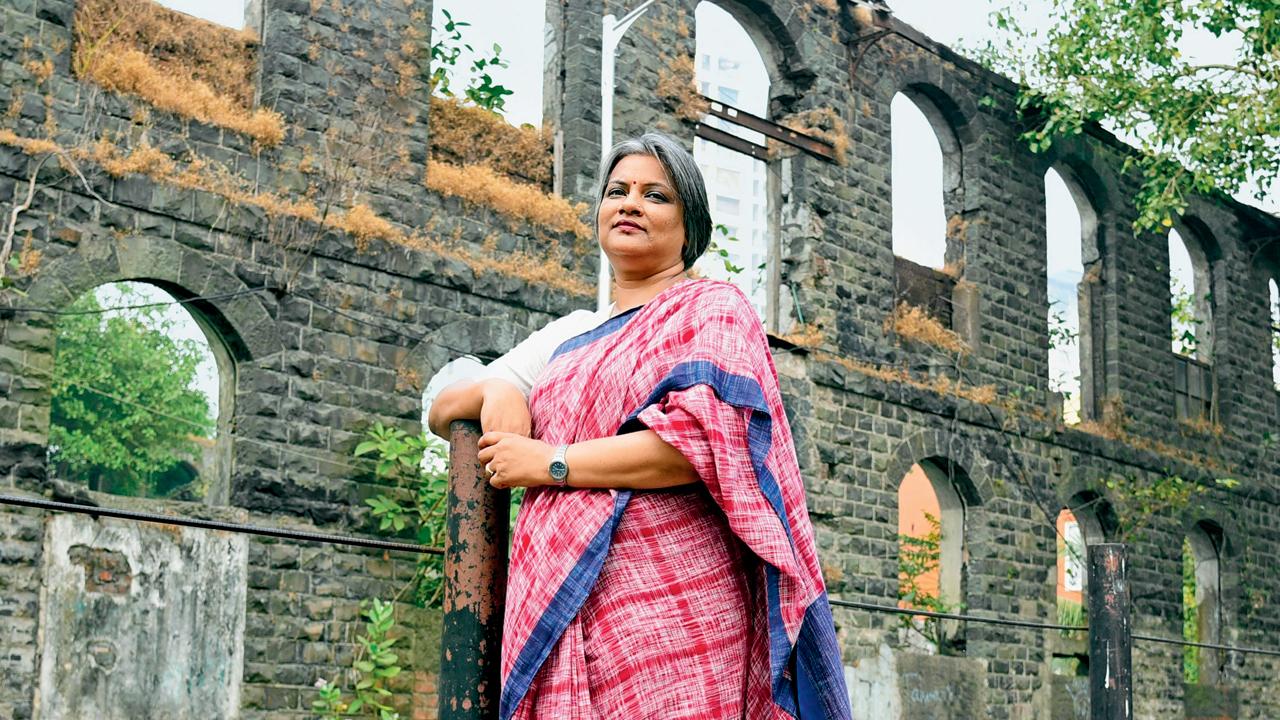 Swadheen’s curator Savitha Suri stands against a defunct mill in Parel. Mills like Elphinstone became the venue for foreign cloth bonfires in the 1920s where thousands would turn up dressed in Khadi. Pic/Shadab Khan
Swadheen’s curator Savitha Suri stands against a defunct mill in Parel. Mills like Elphinstone became the venue for foreign cloth bonfires in the 1920s where thousands would turn up dressed in Khadi. Pic/Shadab Khan
Mumbai, so inextricably linked to the Swadeshi and Quit India movements, is more than a fitting venue for Swadheen (Sanskrit for independence). Curated by textile researcher Suri, presented by the IMC Ladies’ Wing and backed by the Bajaj group, it celebrates India’s hand-spun, hand-woven, naturally-dyed textile tradition, which Gandhi astutely used as protest methodology to reject British cloth, industrialisation and foreign identity. Like the drab but equalising school uniform, this simple, coarse, white cloth would cloak Indians of varying privilege, faiths and social standing in unity.
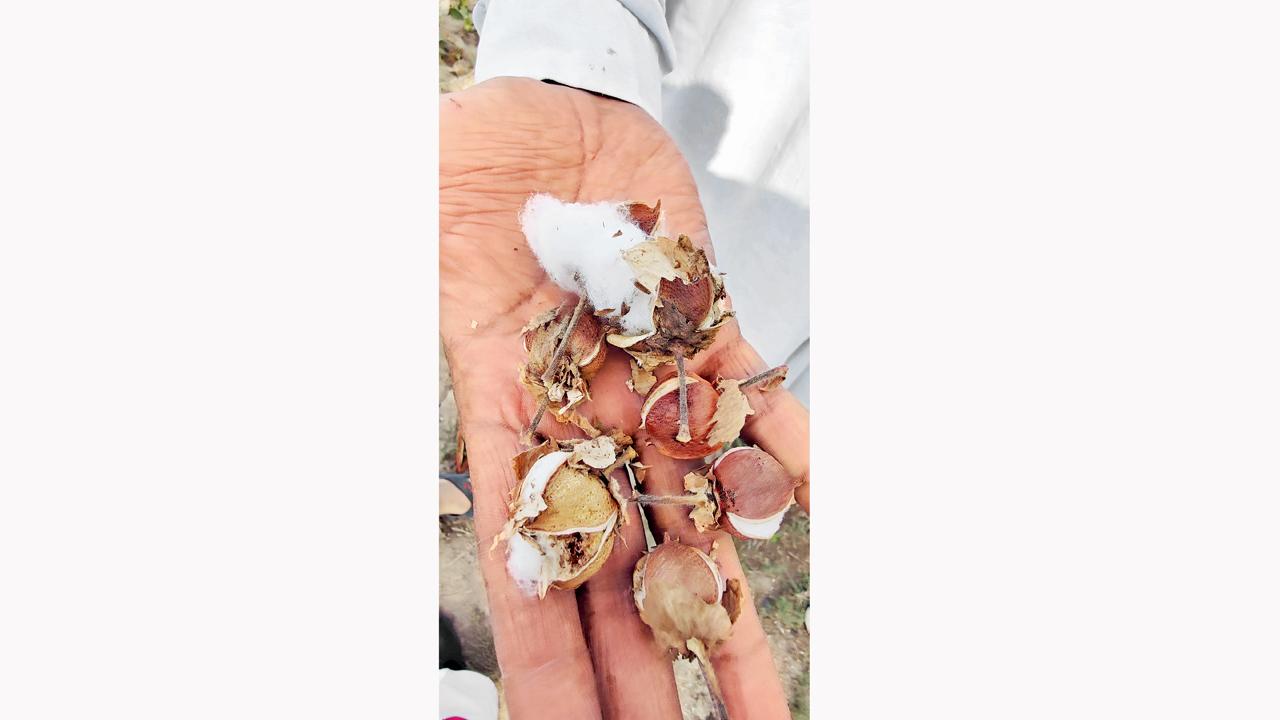 Cotton flowers being harvested. Most of India’s cotton is genetically modified or Bt cotton, which requires heavy use of pesticides, guzzles water and burdens the farmer who must purchase seeds season after season from MNCs. Desi cotton varieties on the other hand are drought- and pest-resistant, and allow farmers to keep the seeds and reuse. Traditional cotton can be grown alongside cash crops like chillies, ladies finger and pulses, allowing him to diversify income source. Social entrepreneur VR Anathoo, founder of Tula India, encourages farmers in Akola, Hubli and Perambalur to grow desi cotton by paying a premium for their crop. Hunting for indigenous cotton seeds at agricultural institutes and through senior farmers, he has tried to identify and revive strains of cotton that are unique to a specific region. Tula India is a niche producer of eco-conscious, rain-fed, hand-spun, hand-woven, naturally dyed, hand stitched and desi organic cotton
Cotton flowers being harvested. Most of India’s cotton is genetically modified or Bt cotton, which requires heavy use of pesticides, guzzles water and burdens the farmer who must purchase seeds season after season from MNCs. Desi cotton varieties on the other hand are drought- and pest-resistant, and allow farmers to keep the seeds and reuse. Traditional cotton can be grown alongside cash crops like chillies, ladies finger and pulses, allowing him to diversify income source. Social entrepreneur VR Anathoo, founder of Tula India, encourages farmers in Akola, Hubli and Perambalur to grow desi cotton by paying a premium for their crop. Hunting for indigenous cotton seeds at agricultural institutes and through senior farmers, he has tried to identify and revive strains of cotton that are unique to a specific region. Tula India is a niche producer of eco-conscious, rain-fed, hand-spun, hand-woven, naturally dyed, hand stitched and desi organic cotton
Jankidevi Bajaj (1893-1979) dived headlong into the Swadeshi movement, trading luxuries for Khadi to follow her social reformer husband Jamnalal Bajaj, famously called the ‘merchant prince’, who didn’t mind the life of a C-class prisoner during protracted jail terms. From an affluent Vaishnav Marwari family, she abandoned the purdah—a symbol of social grandeur—and supported Jamnalal in challenging caste hierarchy. It was at their behest that Acharya Vinoba Bhave marched into the Laxminarayan Mandir in Wardha, with Dalit devotees to bow before idols devoid of ostentation and clothed in Khadi. Jamnalal invited Gandhi to Segaon in Wardha, now Sevagram, turning it into a virtual headquarters of the Indian National Movement and crucible of the village industries experiment. After his passing, and post-Independence, Jankidevi continued to be involved in the Bhoodan movement and gram seva or village service. It was for a lifetime of social commitment that the Government of India chose her for the Padma Vibhushan in 1956. “She wasn’t keen to accept it,” Suri tells us, “She feared that she would start believing that she was great. It was only when she was told that she would be honouring the President of India by accepting it that she agreed.” Unschooled, Jankidevi strived to educate women around her; a lover of embroidery, she tutored them in the art to help them earn a livelihood. “She’s a lesson in how privilege can be employed to empower.”
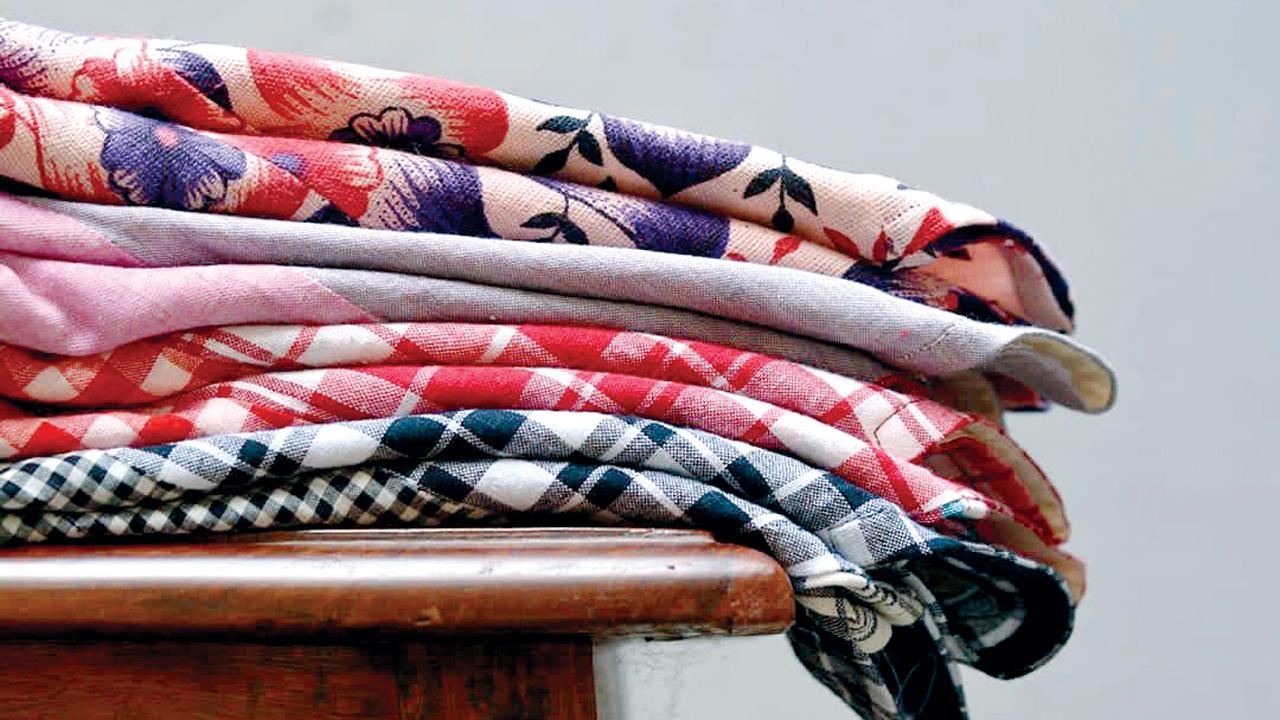 Bengaluru’s Metaphor Racha’s ready-to-wear saree blouses. Most of their products are dyed in red or blue in Shirahatti, Gada district of Karnataka; expanding the colour chart would mean going shopping for dyes in Maharashtra or Erode, Tamil Nadu. Variations are therefore achieved through changes in patterning. The for-profit firm sources yarn and fabric from Khadi sansthas in Karnataka
Bengaluru’s Metaphor Racha’s ready-to-wear saree blouses. Most of their products are dyed in red or blue in Shirahatti, Gada district of Karnataka; expanding the colour chart would mean going shopping for dyes in Maharashtra or Erode, Tamil Nadu. Variations are therefore achieved through changes in patterning. The for-profit firm sources yarn and fabric from Khadi sansthas in Karnataka
In the 30th year of the Jankidevi Bajaj Puraskar instituted to encourage rural entrepreneurship among women, Kiran Bajaj and Shekhar Bajaj, chairman and MD, Bajaj Electricals, were keen to celebrate their matriarch’s legacy in a novel way. For Suri, who had long been discussing the need for a platform exclusively showcasing Khadi innovations without lumping it with handlooms, this was the chance she couldn’t miss.
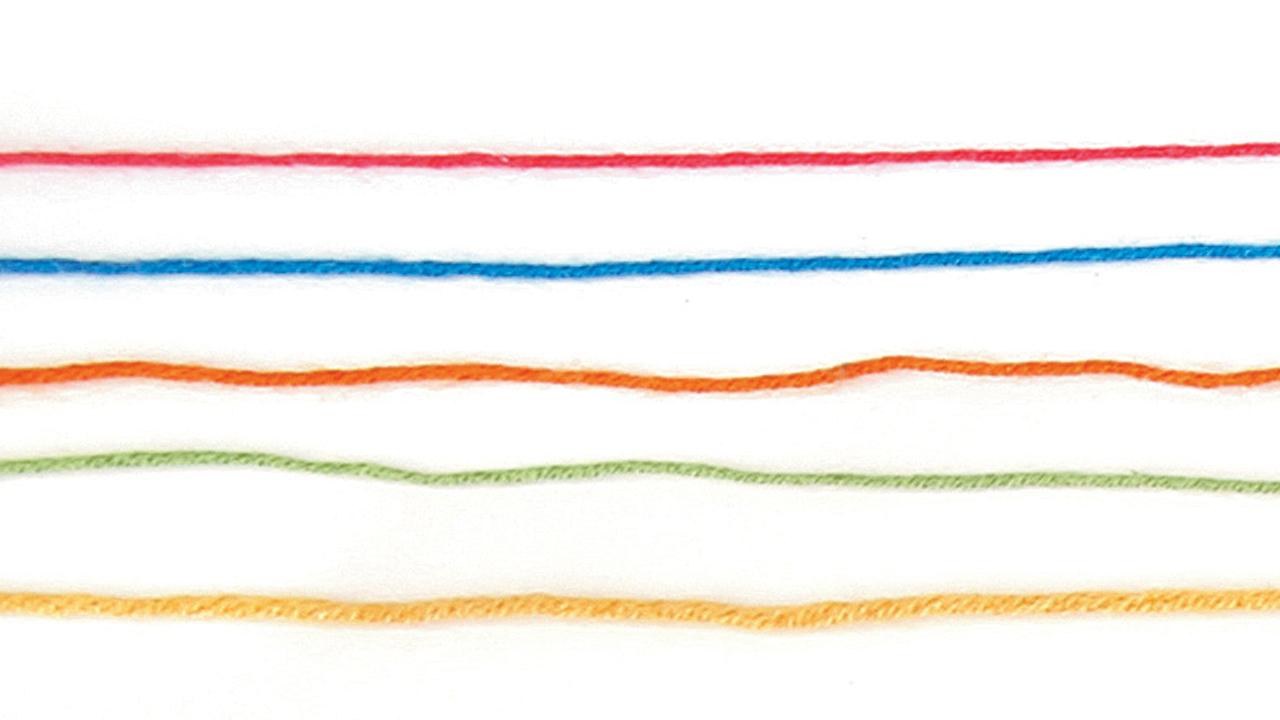 Pic/iStock
Pic/iStock
At Swadheen, which opens today, a retrospective of Jankidevi’s life will sit alongside a textile installation from Meghalaya, and eri and muga installations by The Centre of Excellence for Khadi. A charkha demonstration will find a partner in a miniature loom set-up by Meeta Solanki Jadeja’s Amoda, an Ahmedabad enterprise of contemporary apparel in Khadi and pure silk. Women spinners from Kullvi Whims will leave the hills of Naggar in Himachal Pradesh for the first time to demonstrate hand-spinning on the wooden takhli to create beanies, Lahauli socks, mojiris, hand warmers and rugs. The 11-year-old social enterprise sources desi oon (wool) from the pastoral tribe of the Gaddis and dyes it with available flora in the forests before it is hand-knit. The slow-craft processes run in sync with the seasonal rhythm of the Himalayas. Guided walkthroughs will introduce visitors to the value chain of Khadi while the exhibition-and-sale is set to showcase products by Tula India, The Charkha, Manas by Manas Ghorai, Little Bee Charitable Trust, Bun.Kar Bihar, Metaphor Racha, Magan Sanghralaya and Discovering Roots.
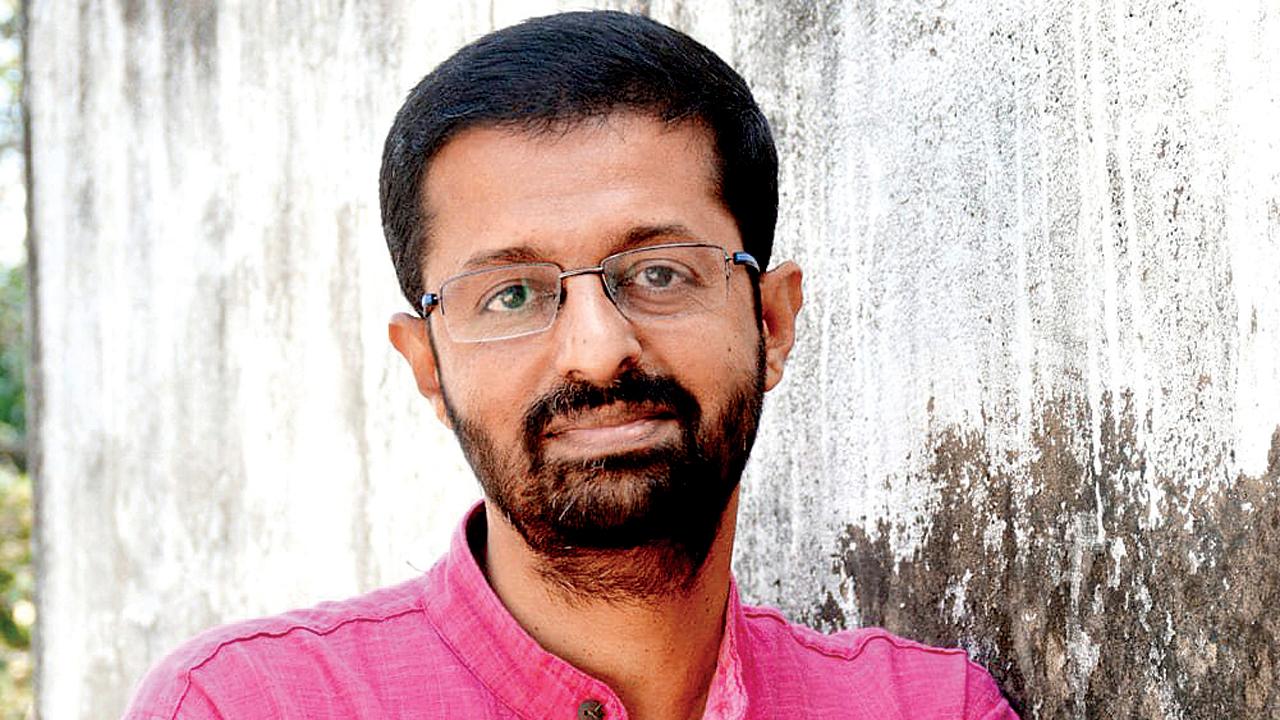 Metaphor Racha founder Ravi Kiran
Metaphor Racha founder Ravi Kiran
In the last six months of planning Swadheen, Amrita Somaiya, President, IMC Ladies’ Wing, has learnt that Khadi is a shape-shifter. “Even Pashmina can be Khadi!” she exclaims. Discovering Roots, founded by Rajni Sharma and Venkata Krishna has revived the Khaddi Pashmina. Unfolding in Basohli town of Kathua district, Jammu, the revival story involves using pashm or the naturally-shed hair of the feral Himalayan goat from Ladakh to craft hand-spun, hand-woven Pashmina shawls, stoles, mufflers and throws. The finesse of the final product from grimy goat hair to luxury cashmere is testimony to the skill of the spinners, natural dyers, twill-tapestry weavers, embroiders and ancillary workers like those who rid the hero fibre of the outer hair and impurities, strand by strand, straighten and sort it on a comb. In an article in Marg (March 2009), Janet Rizvi writes: It is estimated that hand dehairing of 50 gm of pashm takes up to eight hours.
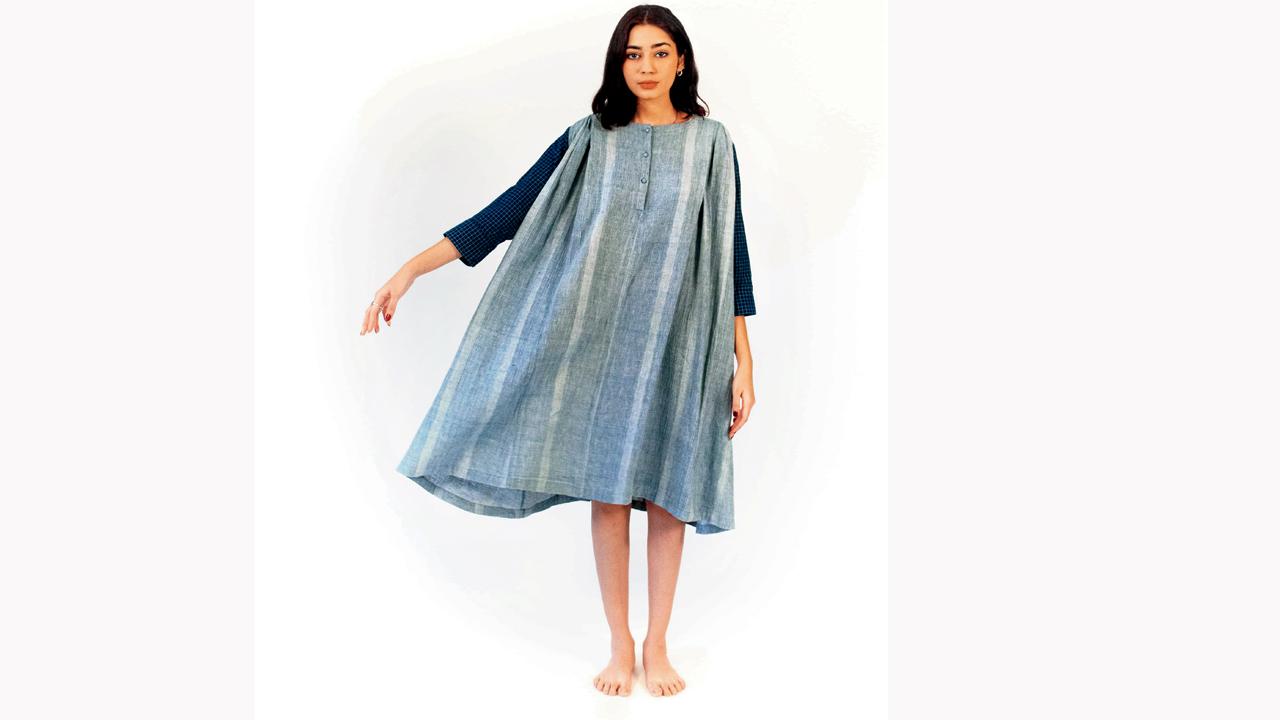 Amoda of Ahmedabad designs contemporary silhouettes using Khadi
Amoda of Ahmedabad designs contemporary silhouettes using Khadi
Discovering Roots uses natural dyes and sometimes, dainty embroidery as embellishment. The goat fleece, they claim, is the finest in the world at 11-14 microns, making the fabric light as a cloud. Drop in wool quality and the advent of industrial machines impacted the Pashmina’s purity; machine-made imitations sold at roadside stalls turned it into a use-and-bin item. Discovering Roots was determined to turn back the clock to a 400-year-old tradition.
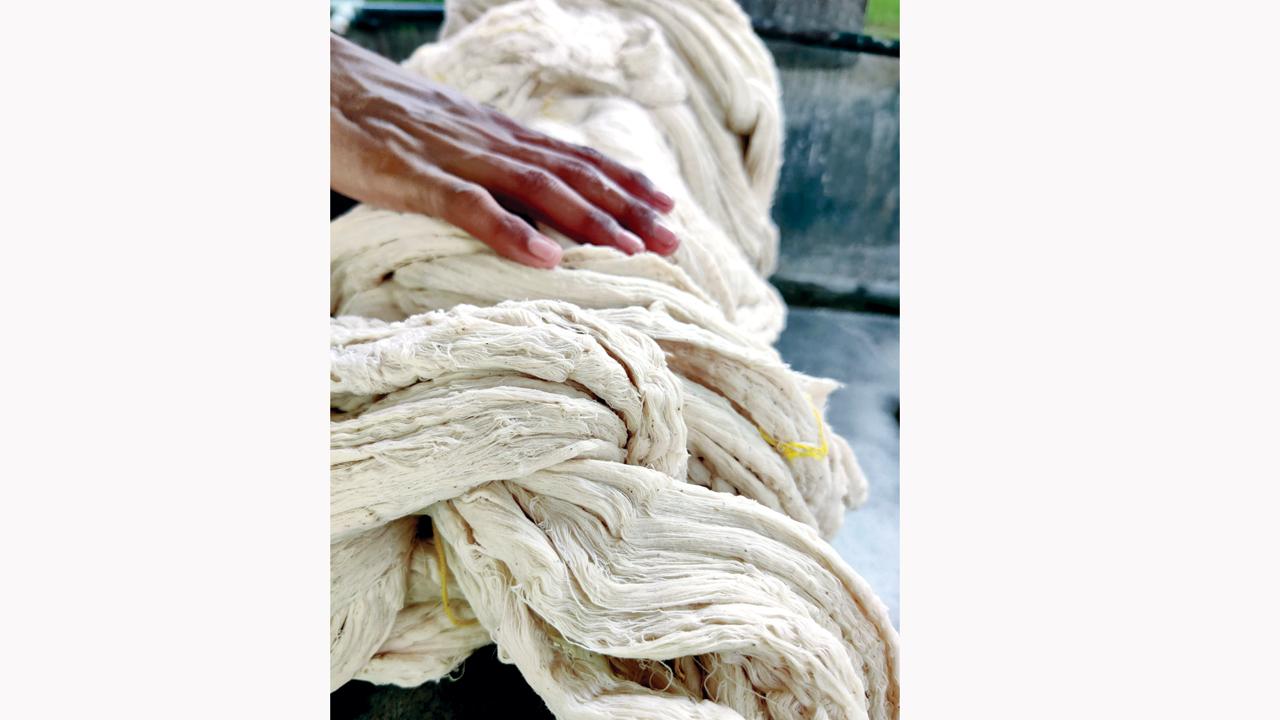 A pile of unbleached yarn spun on the Ambar Charkha, a mechanical tool that allows for faster spinning without the use of electricity
A pile of unbleached yarn spun on the Ambar Charkha, a mechanical tool that allows for faster spinning without the use of electricity
“Khadi is not only cotton. That’s going to be a revelation. I’d be happy if the affluent visitor picks up a Pashmina to grace the shoulder of a European friend,” Suri hopes. And yet, she is clear that the fabric is for everyone. Not an oxymoron, she argues. A Khadi hand towel is wonderfully utilitarian, soft, cheap and dries faster than any other fabric.
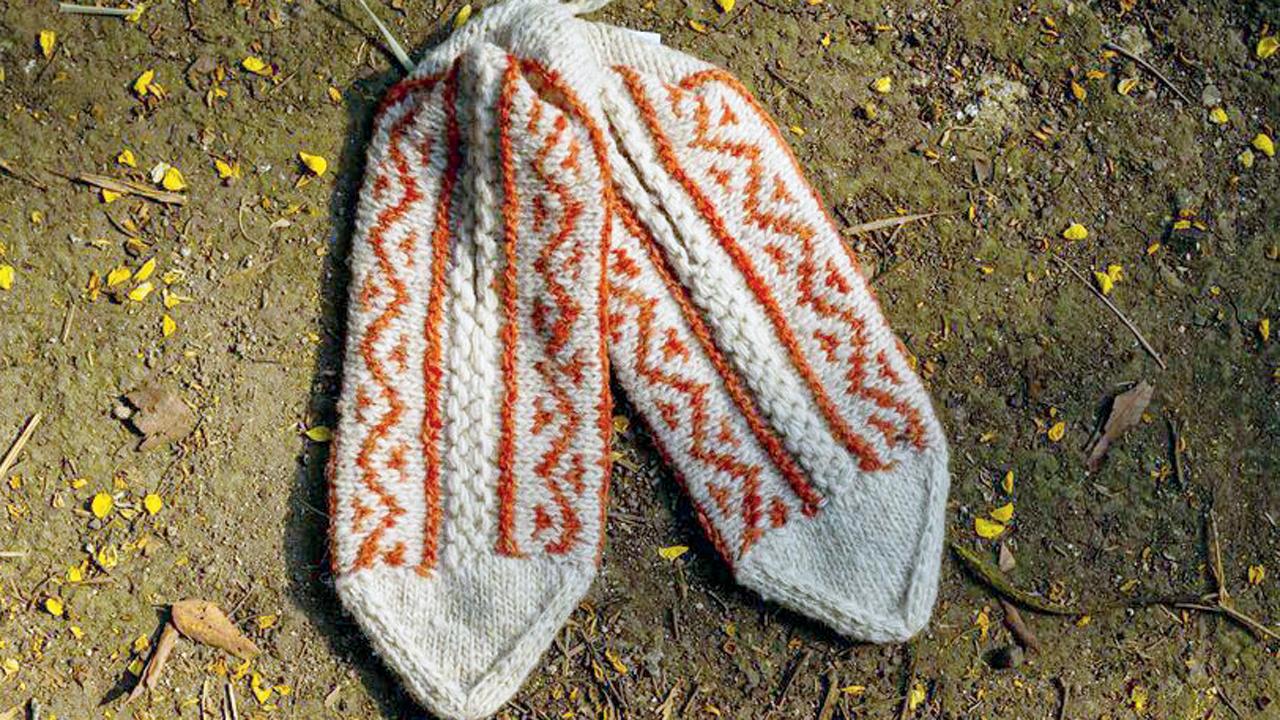
Kullvi Whims’ motif-knit mojiris
Ravi Kiran is an electronics engineer who decided to be a crafts entrepreneur in 2010. The proprietor of Bengaluru-based textile firm Metaphor Racha, he uses only hand-spun and hand-woven cloth from Khadi sansthas across Karnataka. In a chat ahead of his Mumbai visit, he tells mid-day, “India has committed to be carbon neutral by 2070. Let’s start with making Khadi ubiquitous. It’s the only fabric in the world that’s entirely sustainable. All households can use Khadi in some way, and it can be fashioned into almost anything: towel, bedsheet, doormat, swabbing cloth. This is not possible with other textiles. You can’t have a Maheshwari towel, can you?”
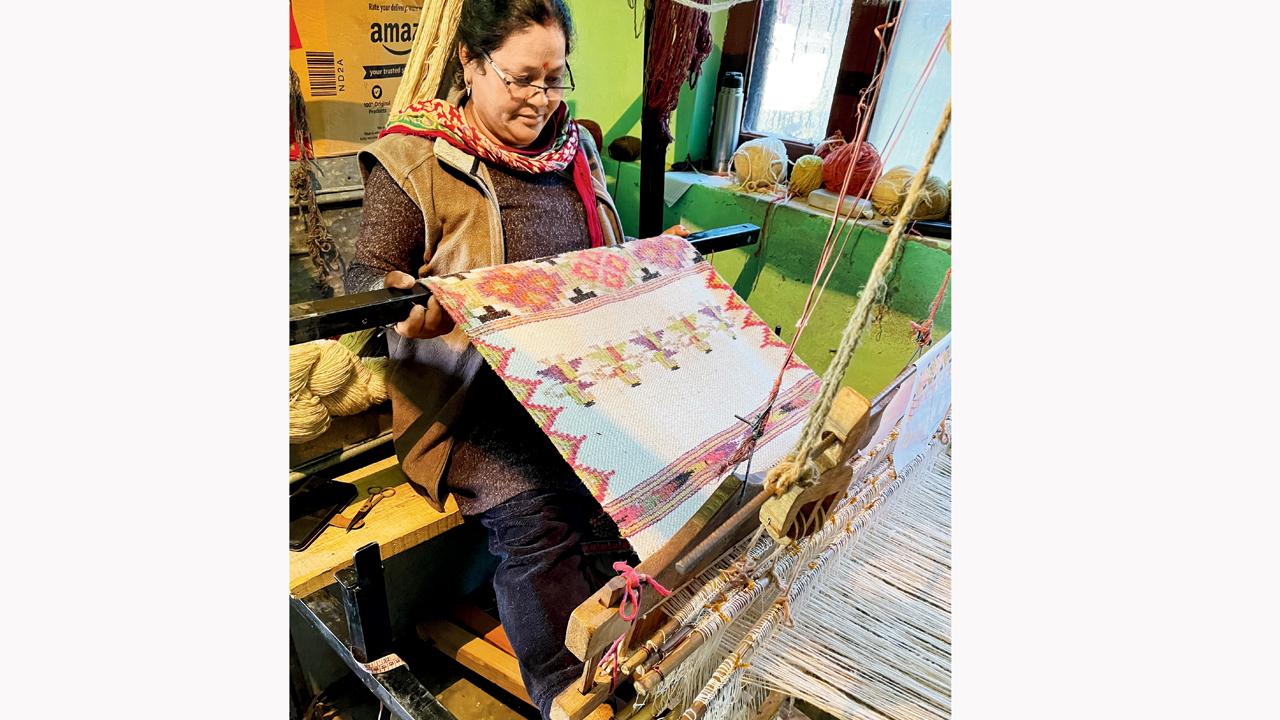 Kullvi Whims started as a self-help group with nine women artisans. A weaver from Naggar in HP works on a hand-spun wool rug
Kullvi Whims started as a self-help group with nine women artisans. A weaver from Naggar in HP works on a hand-spun wool rug
Ravi Kiran is addressing a question that cultural doyens like Kamaladevi Chattopadhyay and Pupul Jayakar grappled with: Textile heritage for whom? Let’s preserve and revive it to make it affordable for whom? The two stalwarts were in agreement that India’s textile heritage is for everyone, and that heritage, built and intangible, could spur national development. This meant a deviation from lavish silks and brocades to ordinary fabrics. They focused on simpler designs, higher quantities and a wider market for handlooms, leading eventually to an eight-times jump in handloom output.
And yet, traditional weaves have almost always been the preserve of the privileged, educated customer. The middle and lower-middle class contend with machine-made, screen-printed, easy-to-wash clothing.
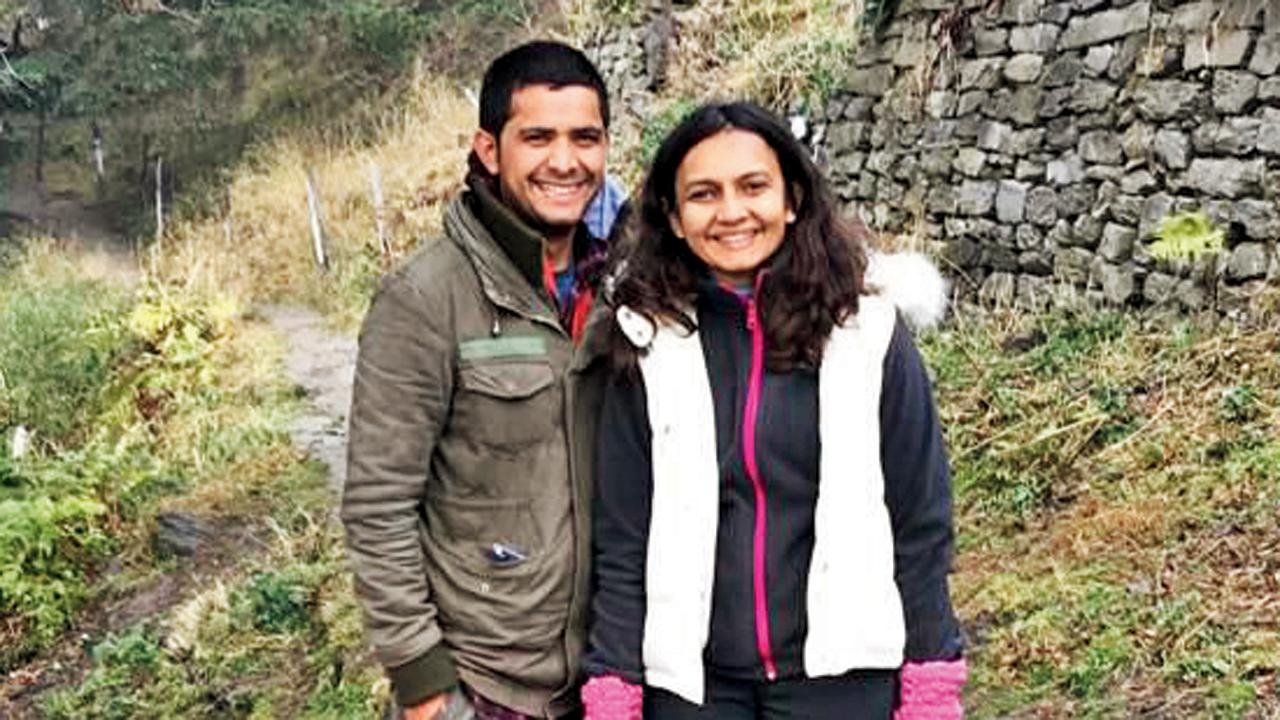 Kullvi Whims founders Nisha Subramaniam and Brighu RAJ Acharya
Kullvi Whims founders Nisha Subramaniam and Brighu RAJ Acharya
For long, Ravi Kiran has had a lament on his lips; Metaphor Racha’s women weavers and spinners reject the hand-spun, hand-woven sarees tinted in hazy shades of red and blue, in favour of what they call the “Bombay sarees”—vibrant, polyester, flashy.
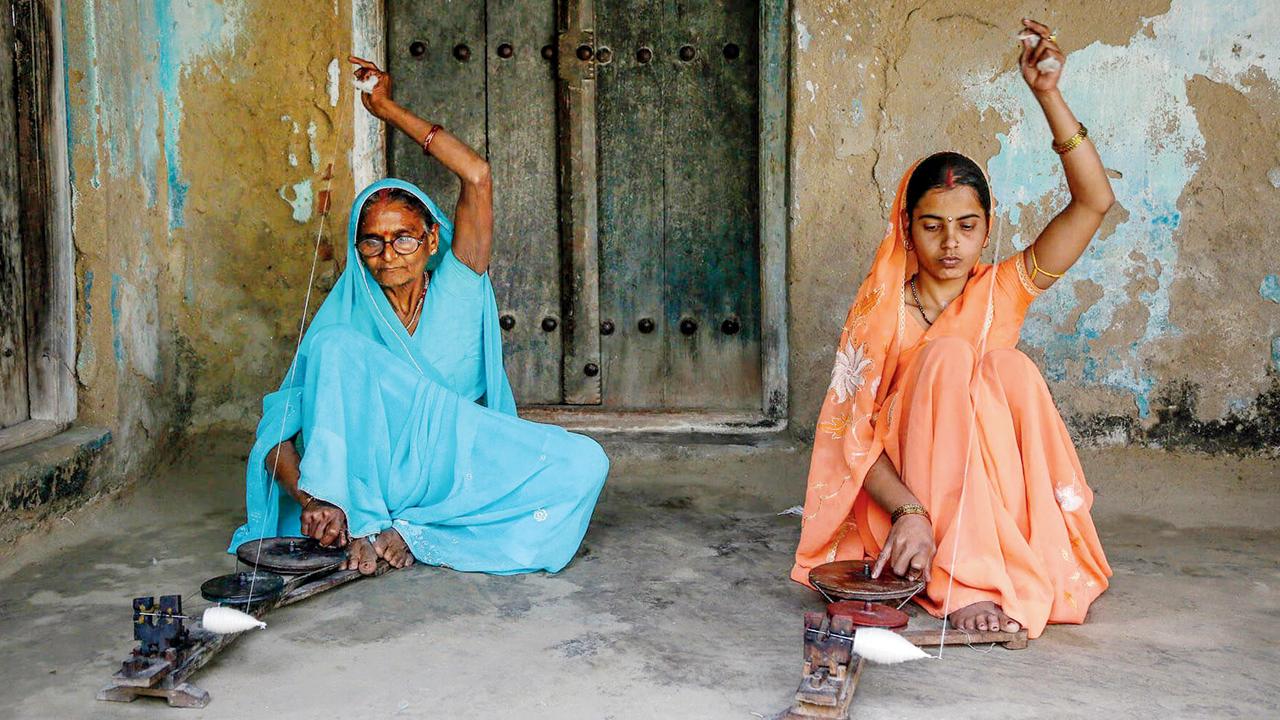 Patna-based Bun.kar Bihar’s textiles and textile products are hand spun on kisan charkhas and hand woven on pit looms
Patna-based Bun.kar Bihar’s textiles and textile products are hand spun on kisan charkhas and hand woven on pit looms
But, fashion is aspirational, Suri reasons. She speaks of the latest Netflix drama, Three of Us, the story of Shefali Shah’s Shailaja Desai, who returns to a quiet Konkan town—where she spent meaningful adolescent years—before she loses control over her memories to dementia. “She is wearing handlooms throughout, but she won’t trigger aspiration. Deepika [Padukone] will; cool, progressive, glamorous. When we embraced synthetics, the marginalised weren’t wearing it. The clock has turned. It’s now modern for them, convenient. It helps them look well put together despite the wrestle in the Virar local. The change will happen when it will. Wisdom lies in acting on what’s in our control,” she says, alluding to converting the urban, upper middle class.
 Bun.Kar Bihar has revived the 300-year-old Baavan Buti (52 small motifs) by training weavers in employing the arduous ‘extra weft’, a form of decorative weaving where an extra count of yarn is inserted into a woven fabric to create motifs and designs
Bun.Kar Bihar has revived the 300-year-old Baavan Buti (52 small motifs) by training weavers in employing the arduous ‘extra weft’, a form of decorative weaving where an extra count of yarn is inserted into a woven fabric to create motifs and designs
This change of heart, Paresh Patel thinks, will occur when awareness kicks in. It’s why an initiative like Swadheen, he believes, is critical to pushing Khadi sales. “If the young customer with disposable income doesn’t see soft, attractive, beautiful Khadi, he will forever associate it with the Khadi poly vastra that floods Khadi stores,” he says of the 67 per cent cotton and 33 per cent polyester blend. The third-generation weaver entrepreneur who runs the Royal Brocades studio from Ridrol village in Gujarat’s Gandhinagar district, belongs to the Somabhai family, one of the only working to revive and nurture India’s earliest brocade, Ashavalli. Dating back to the 9th century, the luxurious Ashavalli or Amdavadi saree predates the brocades of Benaras even, and was produced from centres in Ahmedabad, Khambhat and Jamnagar until it lost royal patronage. “At my first attempt to sell at Paramparik Karigar in 2015, I failed miserably: two sarees sold in five days. At the most recent exhibition, we sold 40. It’s because I’ve spent the last few years talking about the value of this weave.” He is keen to maintain a closed loop economy, except that his luxury textile has no local buyers. The affluent in Thailand and Malaysia, incidentally, have shown particular keenness recently.
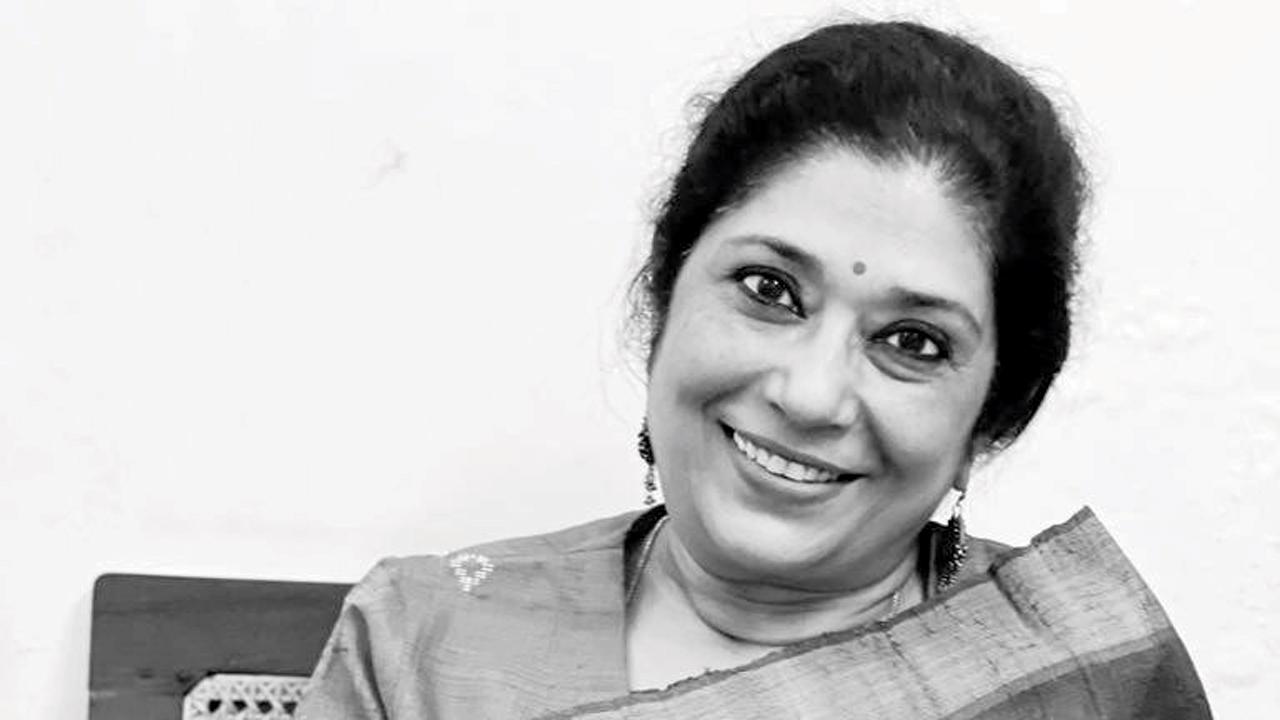 Bun.Kar Bihar founder Veena Upadhyay
Bun.Kar Bihar founder Veena Upadhyay
Patel works with Khadi silk, and personally introduced natural dyes, including madder, onion skin and sappan. The elders in the family who were used to working with azo-free dyes weren’t too pleased initially. “I’m primarily a dyer, not weaver,” Patel shares, “So, when I get to the studio every morning, I head to the dyeing unit. When the fragrance of amba halad [fresh turmeric] fills the air, mann khush thayi jaye (I feel refreshed) and new ideas come to me.”

Discovering Roots’ Khadi Pashminas out to sun dry. Traditionally, Kashmiri Pashminas were said to gain a lustre from the Valley’s waters. Now, the final round of washing is done mainly by the banks of the Jhelum where washermen pound the dainty shawls at the ghat
The candid Patel is scheduled to participate in a discussion on working in India’s Khadi landscape at Swadheen this evening. “An event such as this is important because it stirs conversation. We must talk about Khadi, including the not-so-nice aspects that everyone pussyfoots around. I am hoping Swadheen succeeds there.”
 Co-founders of Discovering Roots Rajni Sharma and SC advocate Venkata Krishna. The latter will be in conversation with Sushma Veerappa of Udaanta Trust to discuss start-up ventures that follow the farm-to-loom model
Co-founders of Discovering Roots Rajni Sharma and SC advocate Venkata Krishna. The latter will be in conversation with Sushma Veerappa of Udaanta Trust to discuss start-up ventures that follow the farm-to-loom model
Khadi entrepreneurs like him almost always have an opinion on the role of the Khadi and Village Industries Commission (KVIC), a statutory body set up in 1956 to plan, promote, organise and implement programmes for the development of Khadi and other village industries. In 2021, The National Internet Exchange of India Domain Dispute Policy (INDRP) Tribunal in New Delhi ruled that Khadi is not a generic name, and that KVIC is the legitimate owner of the trademarks “Khadi” and “Khadi India”. Bizarrely, even outfits that procure hand-spun, hand-woven cloth from legitimate Khadi sansthas, are denied the right to use the term in branding or marketing. A Khadi Mark certification is available for brands to apply for against a fee, and after what KVIC claims is a rigorous background check. Ravi Kiran says, “Why such a brouhaha about fake-Khadi? I say, don’t be afraid of counterfeit Khadi. It’s everywhere anyway. Amazon is selling R300 ‘Khadi’ sarees. It’s no secret. What’s the agency doing about that?”
Suri clarifies that Khadi isn’t unique to India; it’s the original way to make yarn: hand-spinning on a wooden spindle. That India grew cotton—and continues to produce 23 per cent of the global supply—made it a key player. Shunning mill-manufactured, foreign luxury for self-made austerity, Gandhi drew criticism for overemphasis on Khadi while neglecting the resuscitation of other village industries, by both his confidante and economic advisor JC Kumarappa and Rabindranath Tagore. Women complained of its rough, vapid character. “In fact, Gandhi ji writes in Young India that it was quite the task to convince Kasturba to wear it. Even in Jankidevi’s biography, there is a mention of women around her complaining of not being able to afford Andhra’s softer Ponduru Khadi which she wore; it cuts our skin, they said. She realised the class divide that existed even among Khadi wearers and switched to coarse Khadi. But Gandhi knew what he was doing; using Khadi as a political tool was one of the smartest campaigns there ever was,” Suri thinks.
It’s time though, to de-link Khadi from the Independence Movement, and discover a new sales pitch. Today’s buyers were born into freedom. For them, reducing carbon footprint, slow living, and making inclusive purchasing choices are as compelling life goals as claiming independence was for their ancestors. “The Gandhi Jayanti Khadi sale is far from helpful. The products are so heavily discounted that you have robbed Khadi of its inherent value. In our near obsession with associating it with the freedom struggle, we’ve lost sight of its ability to tick mark all the boxes outlined in the UNDP Sustainable Development Goals. Let’s talk about the economic and ecological value it brings to today’s world. It means it can give work to skilled labour in India’s villages; we are preserving hereditary muscle memory, addressing migration, and better agriculture policies.”
7-9 Jan
Swadheen is on at Kamalnayan Bajaj Hall & Art Gallery, Bajaj Bhavan, Nariman Point. Entry free
 Subscribe today by clicking the link and stay updated with the latest news!" Click here!
Subscribe today by clicking the link and stay updated with the latest news!" Click here!







